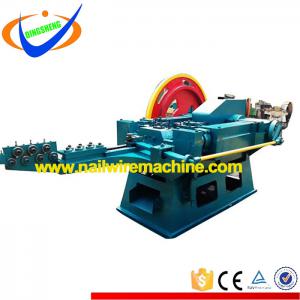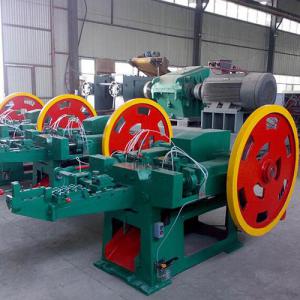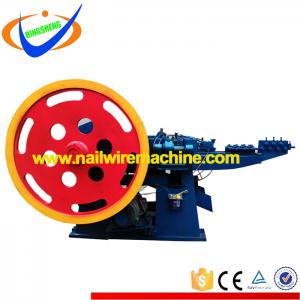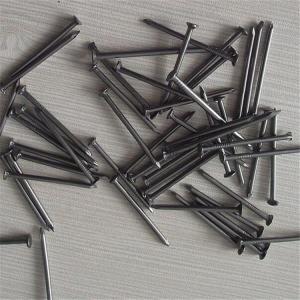Why shouldn't we use second-hand machine?
In recent years, the market for second-hand nail making machine has witnessed a significant surge, with businesses looking for cost-effective ways to expand their operations. However, when it comes to crucial aspects like nail making machines, investing in second-hand equipment may not be the best choice. Then, we will explore the reasons why using a second-hand nail making machine can be risky and may not deliver the desired results.
1. Lack of Warranty and After-Sales Support:
One of the primary concerns associated with second-hand nail making machine is the absence of warranties and after-sales support. When buying a new machine from a reputable manufacturer, you typically receive a warranty that covers any manufacturing defects and malfunctions. This means that if any issues arise during the warranty period, you can rely on the manufacturer’s support to rectify them at no additional cost.
However, with a second-hand machine, the warranty period may have expired, leaving you responsible for any repairs or maintenance. Moreover, the lack of accompanying after-sales support can result in longer downtime, impacting your production schedule and overall profitability.
2. Uncertain Machine Condition:
Second-hand machines carry a certain level of inherent risk since their condition is often unknown or unreliable. While sellers may claim that the machine is in good working condition, there is no guarantee that the machine will perform as expected. Over time, components can wear out, affecting the overall efficiency and productivity of the machine.
In contrast, when you purchase a new nail making machine, you receive a machine that is in optimal condition. This allows you to start your operations without delay, ensuring consistent and reliable nail production.
3. Outdated Technology:
The manufacturing industry is constantly evolving, with new technologies being introduced to enhance efficiency and productivity. By opting for a second-hand nail making machine, you risk investing in outdated technology that may not meet your current production requirements.
Newer machines often come equipped with advanced features, such as automated nail feeding, precise cutting mechanisms, and customizable settings. These features can greatly improve your production efficiency, reduce labor costs, and ensure consistent nail quality. Therefore, it is advisable to invest in a new machine that incorporates the latest technological advancements and aligns with your business objectives.
4. Hidden Costs and Additional Expenses:
When considering the purchase of a second-hand nail making machine, it is crucial to consider the potential hidden costs and additional expenses that may arise. These can include transportation fees, dismantling and reinstallation charges, and the cost of sourcing spare parts.
Furthermore, a second-hand machine may consume more energy or require frequent repairs, leading to increased operational costs. These additional expenses can accumulate over time, ultimately surpassing the initial cost savings associated with purchasing a used machine.
In summary, while the allure of cost savings can be tempting, opting for a second-hand nail making machine may not be the wisest decision. The absence of warranties, uncertain machine condition, outdated technology, and potential hidden costs make it a risky investment. Instead, investing in a new machine guarantees optimal performance, improved productivity, and long-term reliability, thereby ensuring the success and profitability of your nail production business.




